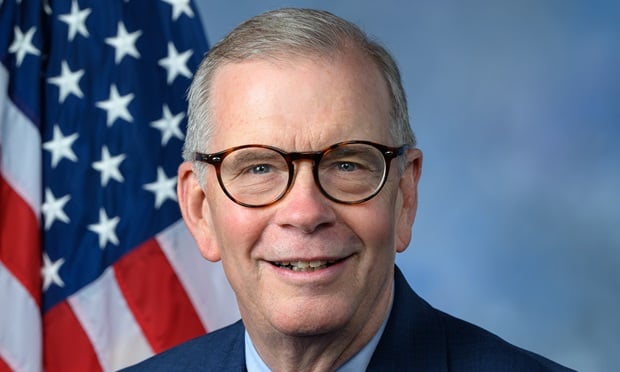 Culture of health employers are driving engagement with digital technologies such as social networks, mobile messaging, online competitions and activity trackers. (Photo: Shutterstock)
Culture of health employers are driving engagement with digital technologies such as social networks, mobile messaging, online competitions and activity trackers. (Photo: Shutterstock)
For years, employers have been trying to find the magic formula for a successful employee wellness program. Some are doing a better job than others, and a recent white paper from Optum and the National Business Group on Health took a look at what those companies are doing right. They identified 137 companies with a self-reported established “culture of health,” (CoH) as well as 44 that did not.
A culture of health will look different at different companies depending on each one's structure, values and other factors, but for the purposes of the survey, it was more broadly defined as “a work environment where employees have resources, tools and a support system that empowers and motivates them to take responsibility for their own health.”
Recommended For You
Complete your profile to continue reading and get FREE access to BenefitsPRO, part of your ALM digital membership.
Your access to unlimited BenefitsPRO content isn’t changing.
Once you are an ALM digital member, you’ll receive:
- Breaking benefits news and analysis, on-site and via our newsletters and custom alerts
- Educational webcasts, white papers, and ebooks from industry thought leaders
- Critical converage of the property casualty insurance and financial advisory markets on our other ALM sites, PropertyCasualty360 and ThinkAdvisor
Already have an account? Sign In Now
© 2025 ALM Global, LLC, All Rights Reserved. Request academic re-use from www.copyright.com. All other uses, submit a request to [email protected]. For more information visit Asset & Logo Licensing.








